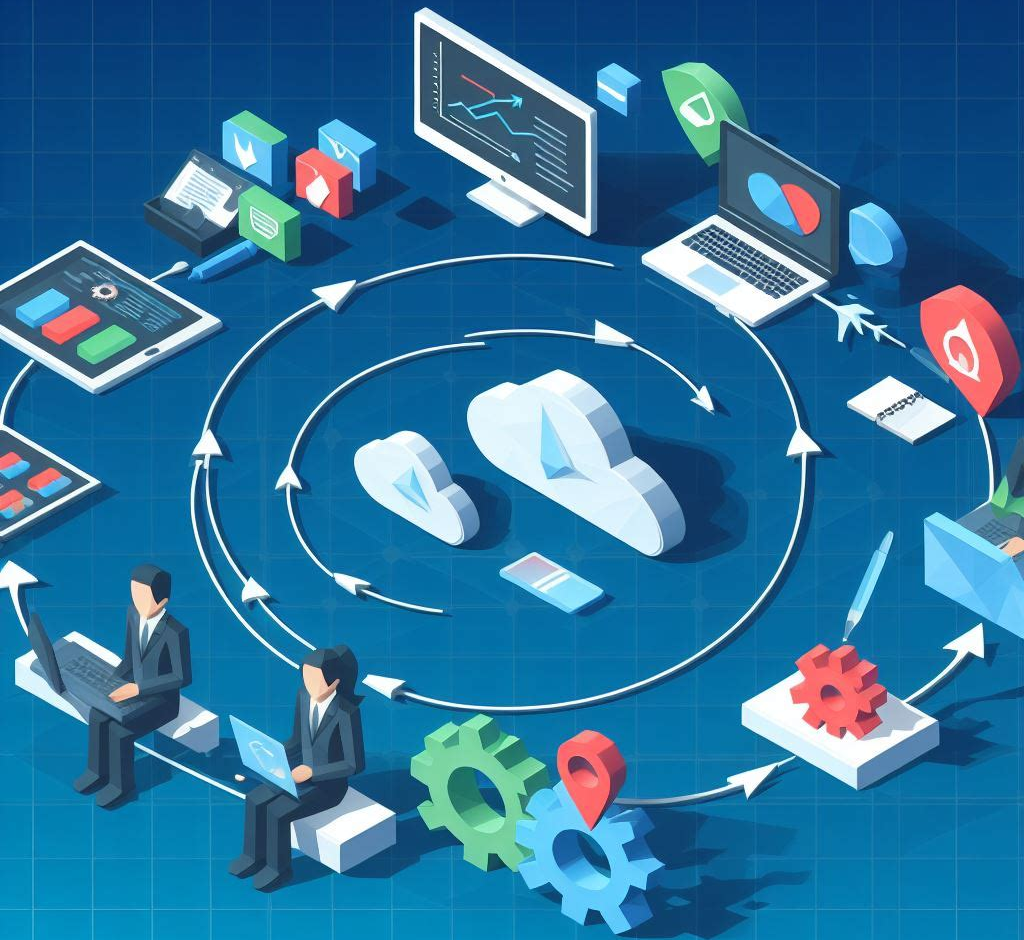In this blog, we will discuss regarding what is Software Development Life Cycle (SDLC). The Software Development Life Cycle (SDLC) is a structure process use to design, develop, and test high-quality software. It defines the entire procedure of software development step-by-step, ensuring that the end product meets user requirements and is maintainable.
Let’s dive into the details:
- Planning and Requirement Analysis:
- Planning is crucial in software development. During this stage, developers analyze requirements obtained from customer inputs, market surveys, and other sources.
- The information gathered forms the building blocks of the project.
- Quality planning in this stage significantly impacts the overall project quality.
- Defining Requirements:
- In this stage, detailed requirements are defined based on the analysis.
- The project scope, features, functionalities, and constraints are documented.
- Clear requirements ensure that the end product aligns with customer expectations.
- Designing Architecture:
- The architectural design phase involves creating a high-level design for the software.
- System architecture, components, modules, and interfaces are planned.
- Design decisions impact scalability, performance, and maintainability.
- Developing Product:
- The actual coding and development take place during this stage.
- Developers write code based on the design specifications.
- Frequent testing ensures early detection of defects.
- Product Testing and Integration:
- Testing involves verifying that the software meets requirements and functions correctly.
- Unit testing, integration testing, system testing, and acceptance testing are perform.
- Integration ensures that different components work together seamlessly.
- Deployment and Maintenance of Products:
- The software is deploy to production environments.
- Maintenance includes bug fixes, updates, and enhancements.
- Regular monitoring and support are essential for ongoing success.
The SDLC model consists of basically these six phases, and each stage contributes to delivering software that meets user expectations within the specified time frame and budget but it also depends on project requirements. It’s a systematic approach that ensures consistent and efficient software development.
Like us on Facebook and Linkedin for more updates
Related blog – Top 5 Automation Tools for Android Mobile Application Testing.



